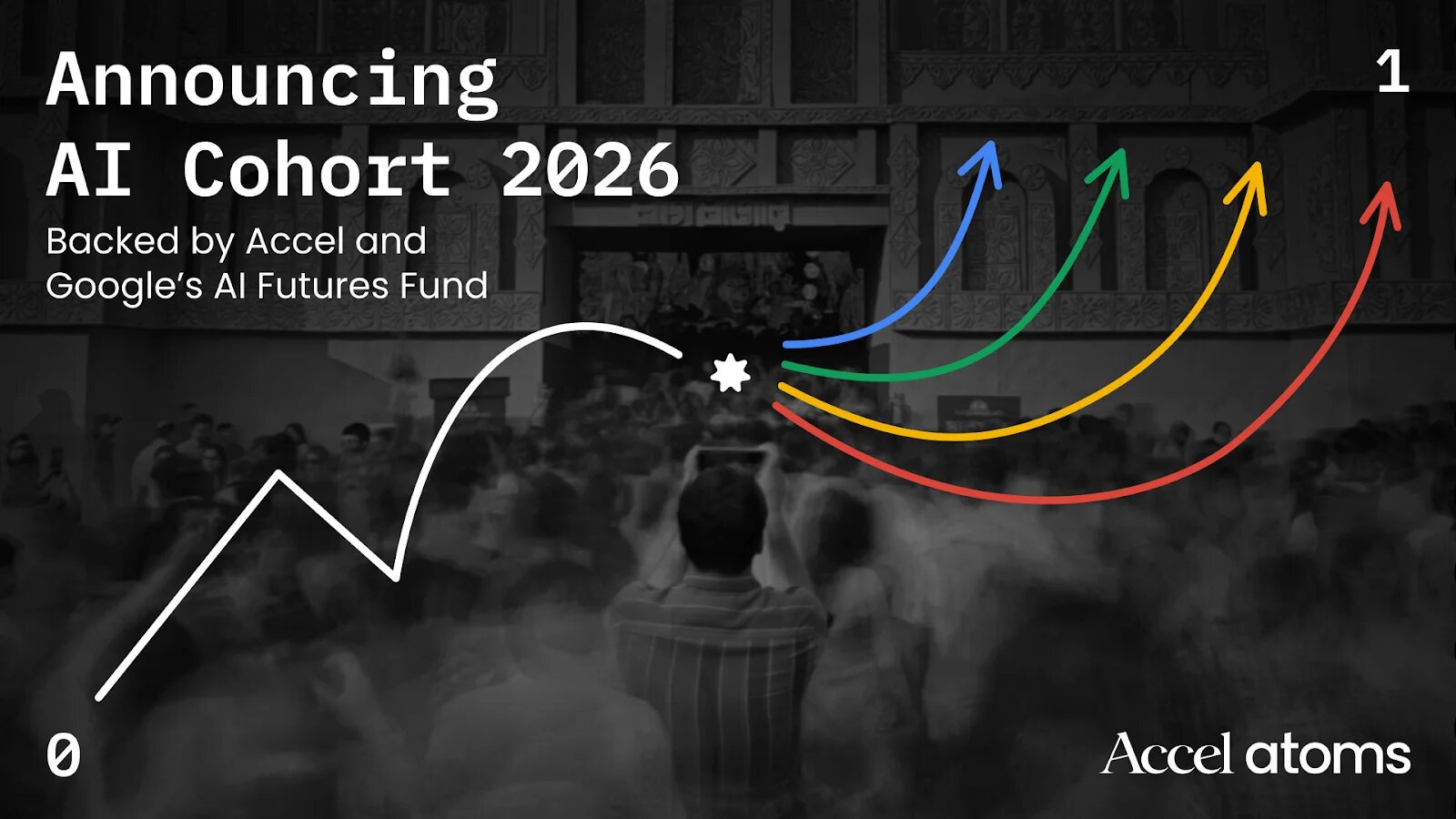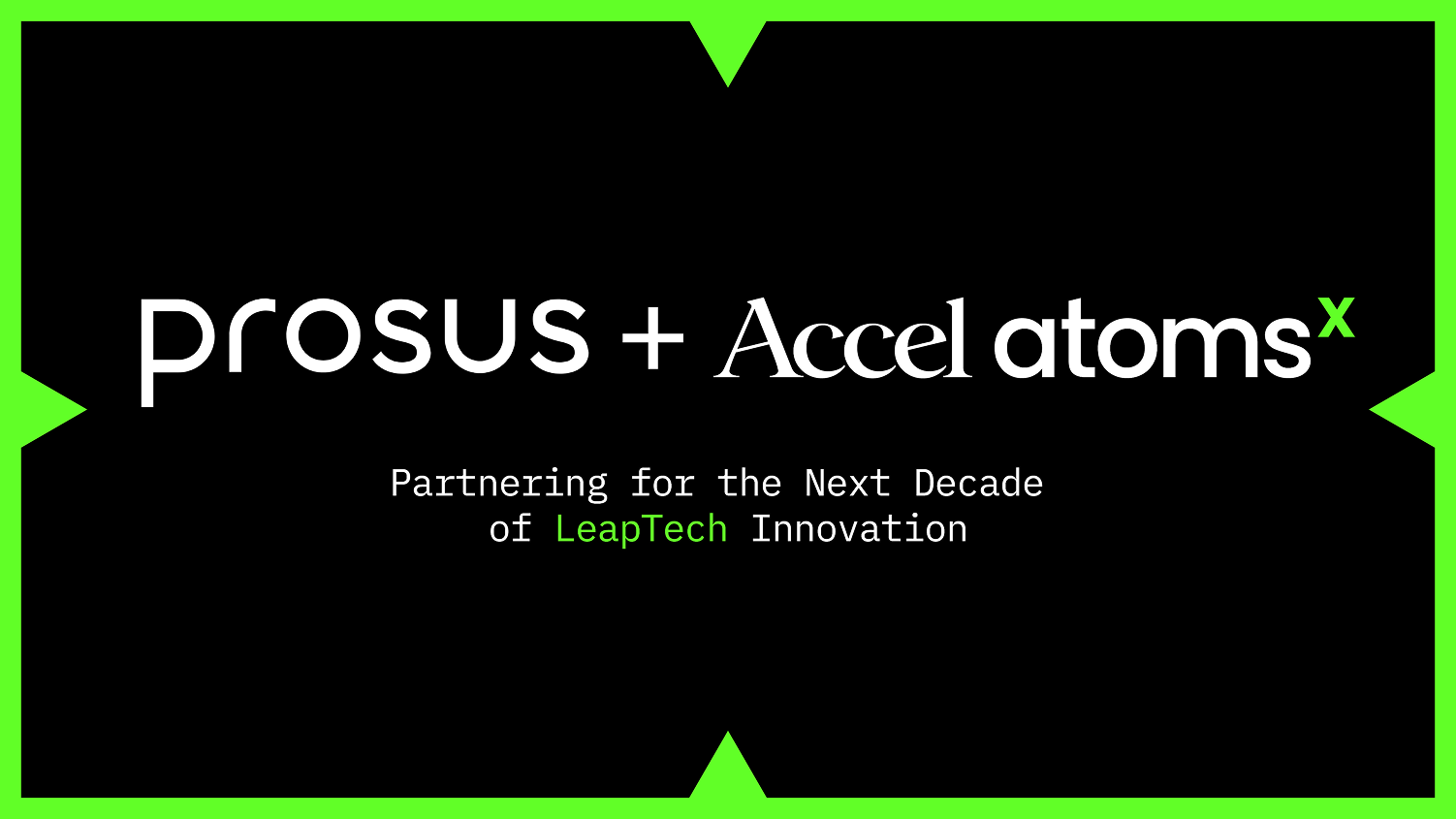Here's how Nymble made their MVP launch-ready

An MVP is by nature an imperfect product. And that’s okay.
You will be tempted to delay shipping your MVP because it’s missing a feature, or because its UX can be improved.
Think of it as a first draft. Many writers refer to their first draft as a vomit draft, or more politely, a rough draft. The point being, a first draft will never be perfect.
All a good first draft needs to do is exist in a manner that allows the reader to understand the structure of your thoughts. From there, it takes many revisions before that draft is ready to be published.
Following this thought, a good MVP only needs to meet the most critical requirements of its users, who will become the earliest adopters of your product.
This is where the challenge of building an MVP lies. How do you know which customer requirements are critical? What is the lowest number of features your MVP needs to be successful?
Simply put, when do you decide your MVP is ready to deploy?
For Raghav and the team at Nymble, their MVP’s journey began with trying to understand what their consumer actually wanted. At this point, they’d built a prototype robot arm which could peel and chop ingredients - but was it something people would buy?
Many, many conversations later, they arrived at a list of expectations for the device. The device needed to be:
- Easy to clean
- Affordable
- Intuitive to use
- Aesthetically pleasing
The Nymble team now knew that their robot arm wasn’t likely to gain much traction with the average family kitchen. This was their first big decision - should they adapt the arm for commercial cloud kitchens? Or identify a new solution to the problem?
In Raghav’s own words:
``We decided to do a home robot primarily because we were in love with the problem statement and not in love with the solution we had reached. So we said, “We know the problem is real. We know a solution needs to exist, and because we have conviction that the end problem is real, we’d much change our end product than adapt what we’d already built.”’
At this stage, the Nymble team knew what their customers’ expectations were. If they needed to build their robot from scratch, which of these expectations should they prioritize? As the team mulled over the problem, one fundamental decision needed to be made:
Should their product stick to cooking pre-prepared ingredients, or would it handle chopping and meal prep as well?
Let’s talk about the two mental models Raghav used as he evaluated his options.
Meet the Onion Model, to help decide feature priorities
“We were told we were focusing on too many things, and that we should think of customer problems like an onion. Each individual problem statement was a layer of the peel, and every layer you remove would reveal the next.”

Here’s what Nymble’s onion model looks like. It is important to keep in mind here that Raghav distinguishes between time-saving and convenience. Above all else, he wants his customers to eat well, and will not compromise on its quality simply to reduce its preparation time.
“Our customers want food exactly the way they’re used to. They don't want to compromise on the kind of food they eat, and they want to obtain that food in a convenient way. Food is the destination.”
If you’re reading this as you’re building your MVP, remind yourself that your product cannot and should not solve every customer problem in its first iteration. Instead, ask the question - for the customers you want to address, which is their most important problem?
Create a hierarchy of their needs, and focus on the first and more important layer.
Like their problems, customers aren’t created equal. Nymble’s pyramid helps identify which customers to pay attention to.
Early adopters are crucial to any product-led business. So how do you identify which customers will be your early adopters?
For the Nymble team, the universe of their customers was broken down into four segments:

Nymble’s top-most segment held two kinds of customers:
- The kind that enjoyed cooking, but didn’t want to be bothered with prep work
- The kind which would rather delegate cooking entirely to focus on other activities
The team decided to focus on the second kind of customer, simply because it would be easier to focus on cooking as an activity rather than cooking and chopping and meal prep. Meal prep would be something to figure out at a later stage.
“Our mindset was to convert the things we’d figured out into features. Once we decided what needs to be in the MVP, let’s create something that cooks food in a convenient manner. And that is the only thing we care about.”
Stay updated on Accel Atoms, community events, and its portfolio companies








